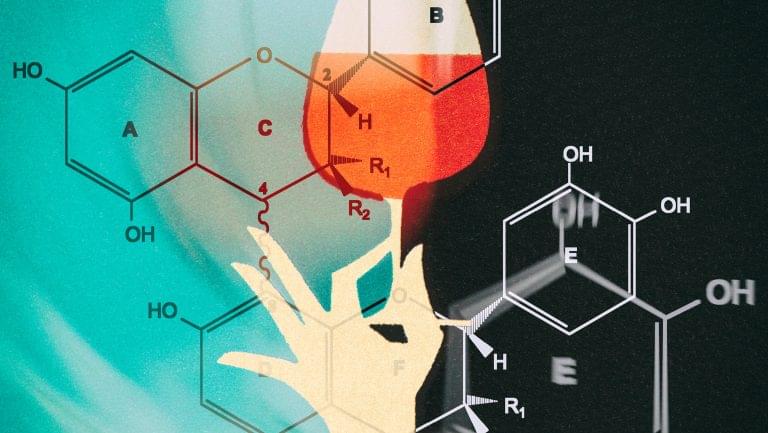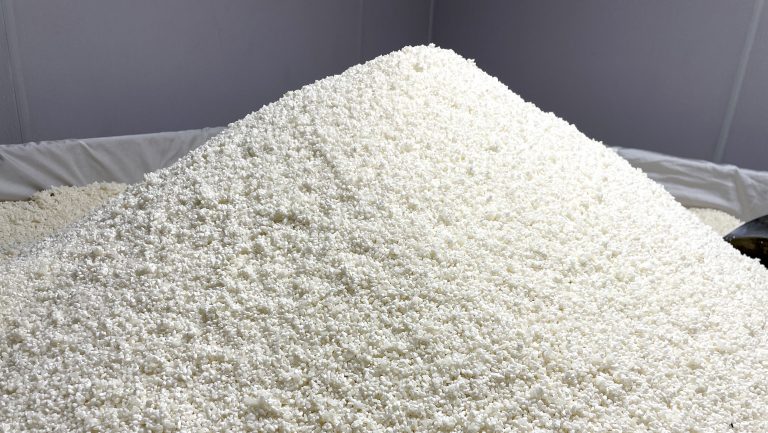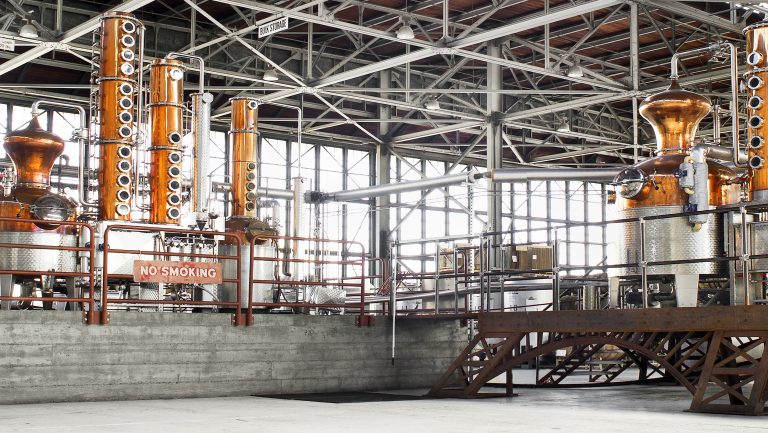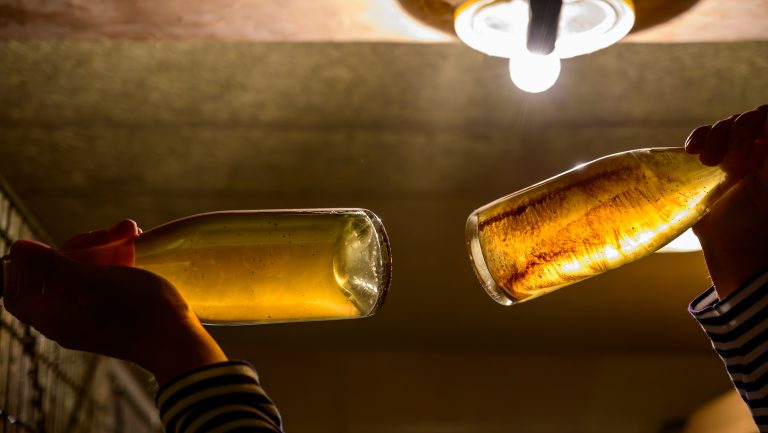Tannins form the basis of structure in red wines—and they’re the primary determinant of the longevity of red wines. White wine contains tannins as well, but in significantly lower concentrations; their ageability is mostly determined by their acid and sugar levels. The types of tannins in wine can be influenced by a number of factors—grape variety, conditions in the vineyard, vineyard management practices, vintage variation, and winemaking practices. Paying attention to the character of the tannins in a wine can give insight into the stage of a wine’s development and its potential for aging.
Tannins are made up of two classes of phenols (a large and diverse category of plant compounds): The two classes are flavonoids and non-flavonoids. Tannins are formed from individual, monomeric (mono denotes “single”) flavonoids that have bound together to form polymers (poly means “many”)—a process called polymerization. Non-flavonoids play a role in tannin formation as well, but from the perspective of tasting and wine structure, flavonoids—specifically those that form condensed tannins—are the primary contributors.
One of the defining characteristics of tannins is that they bind with proteins and precipitate them from solutions, creating complexes that are insoluble in liquid (such as your saliva—or the liquids used in tanning hide). When proteins are precipitated from your saliva, the saliva ceases to be an efficient lubricator, thus allowing for the astringent sensation we associate with tannins. This is also why red wine in the spit bucket looks so much worse than white, with globs of saliva proteins having come together in the expectorated wine.

Don’t miss the latest drinks industry news and insights. Sign up for our award-winning newsletters and get insider intel, resources, and trends delivered to your inbox every week.
Sources of Tannins
Tannins in wine can come from five sources: grape skins, seeds, stems, oak, and additives. Skin tannins are large, as they tend to polymerize more than tannins from other sources; they can be formed from as few as 4 to as many as more than 100 monomers. Seed tannins are shorter, and therefore smaller (consisting of 2 to 20 polymerized monomers). Stem tannins vary in size; they can be as small as seed tannins or as large as skin tannins. In addition to the size variation in tannins among these three sources, the shape of the tannin molecules can vary significantly from one source to another.
Oak barrels can also contribute tannins to wine during the first few years of use, though the tannins yielded by barrels are primarily non-flavonoids, which can be helpful in color stabilization. When they’re abundant, barrel-derived tannins in wine tend to impart a sensation of a fine graininess on the tongue. In general, smaller tannin polymers, which mainly come from seeds, stems, and newer oak, are bitter, but they become astringent as they polymerize and grow larger.
The story of tannins, though, isn’t simply about smaller and larger. Clark Smith, a consulting winemaker, writer, and educator based in Santa Rosa, California, offers a helpful analogy to explain the complexity of tannins in wine: “Take the dizzying array of thousands of different phenolic compounds,” he writes in his book, Postmodern Winemaking. “Then start to take these monomeric [single] units together like Legos [forming tannins], and shortly you end up with many millions of combinations as unique as snowflakes.”
Cultivating Tannins in the Vineyard
Tannins develop naturally as grapes grow in the vineyard. They begin accumulating during fruit set, a process that continues until the grapes begin producing anthocyanins (another type of flavonoid) at veraison, when the grapes begin to change color. Tannins in the skins protect the grapes from the sun. Different grape varieties have differing levels of tannins. Tannat and Nebbiolo, for example, are known for having especially high levels of tannins—these are wines that can often require years of aging before they’re ready to drink.
Conditions in the vineyard also affect the levels and types of tannins that develop. Cooler climates and vintages, as well as grapes that are picked earlier, tend to yield more aggressive tannins—more astringent and less polymerized (smaller) at the time the grapes are picked. Warmer climates and vintages and grapes harvested later will have more developed, softened, and polymerized (larger) tannins.
Skin tannins, in part, function as a grape’s sunscreen—the more light that reaches a grape’s surface (or the more intense that light is), the more tannins the skins produce. Light intensity is a major influence in the development of skin tannins at higher altitudes. Because light intensity is lost as light travels through the atmosphere, the light reaching higher-altitude vineyards is more intense and therefore contributes to conditions that yield more intensely tannic wines.
The choices that growers make in the vineyard also influence the type and amount of tannins that develop in grapes, and thus in wines. “Our leafing strategy is a big factor for building or reducing tannins,” explains Mike Testa, the general manager of Coastal Vineyard Care Associates, a vineyard management company based in Buellton, California. “The more shade on the berries, the fewer tannins accumulate. Midseason irrigation has a big impact on berry size, which affects tannin levels. Tannins accumulate before berry swell, so larger berries will have a lower concentration of tannins.” Additionally, he says, employing irrigation in the final stages of maturity can soften tannins, furthering polymerization in berries: “One or two gallons per week helps to stretch out the ripening time, maturing and softening tannins.”
Steven Thompson, the founder of Analemma Wines, who grows grapes in the Columbia Gorge AVA in both Oregon and Washington, says he uses a generous portion of whole clusters in his fermentations as a means of supplementing tannins without the need for a lot of extraction. “We like to have a higher tannin content relative to body,” he says. “We’re believers that the tannins are in some way the bones of the wine—the skeleton. They give structure and are what carries a wine for a long way in the cellar and the bottle.” Knowing he’ll be using such a high proportion of stems in his wines, he pulls leaves late in the season, to encourage clean and lignified stems.
Working with Tannins in the Winery
The techniques a winemaker uses in the winery can affect more than just the amount of tannins that get released into wine; they also affect the quality of the tannins and the resulting style of the wine. Unlike color, which begins to seep into must as soon as a grape’s skin is ruptured, tannins—especially seed tannins—require alcohol for extraction, and the rate of tannin extraction increases as alcohol concentration rises during fermentation.

Frequent punchdowns, warmer fermentation temperatures (80℉ and higher), extended maceration, and the use of enzymes are all techniques that can increase tannin extraction. Harder pressing and inclusion of press-run wine will also increase tannin concentration. Because numerous factors affect extractability between grape varieties and ripeness levels over different vintages, there is no easy way to anticipate what a wine’s total phenolic content (the total sum of phenolic compounds) will be based on a particular grape’s total phenolic content. The presence of various oak compounds can exert an effect as well. For example, they may aid in the extraction of phenols from the grapes or help stabilize color.
When a red wine is pressed, its many tannins and monomeric anthocyanins are just waiting to find each other and polymerize so they can stabilize each other. Anthocyanins cap the ends of tannin chains, sealing them and preventing further polymerization. This polymerization keeps both tannins and color molecules in solution—otherwise, both types of compounds would quickly be lost. The presence of oxygen during fermentation and aging significantly speeds polymerization, as well as diversifies the ways in which tannins can bond to each other—though too much oxygen can harm the wine.
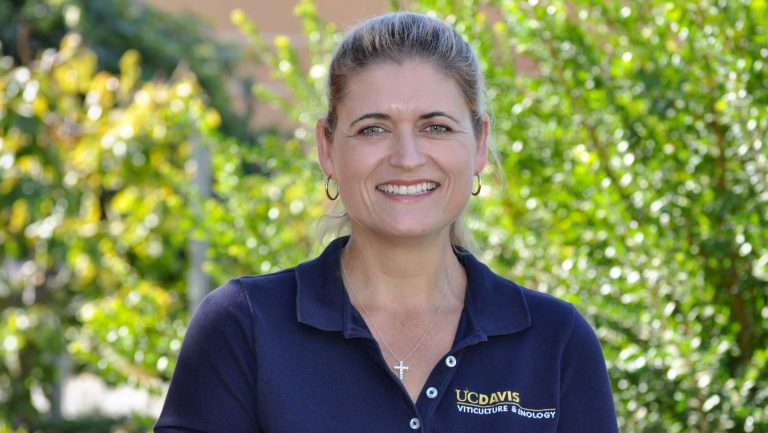
“Eventually [as a wine ages], tannins can get so large that they can’t interact with the proteins in your saliva and precipitate out of the wine,” says Anita Oberholster, Ph.D., a professor of viticulture and enology at the University of California at Davis. With orange wines, for example, the white grapes have very low levels of anthocyanins but lots of tannin (though this varies by grape). With no anthocyanins to terminate polymerization, says Oberholster, or “with high tannin-to-anthocyanin ratios, you can get larger tannins that interact less efficiently with saliva proteins, resulting in decreased astringency.”
Oxygen plays an important and complex role in tannin polymerization, as well as in a wine’s ability to absorb oxygen over its lifetime. For red wines, says Oberholster, “we’ve tried to determine the optimal rate or amount of oxygen exposure to increase quality, but it’s very hard to make clear correlations or guidelines, as there are so many things that influence [phenol and oxygen interactions] … It’s so complex that we’ve made very little progress.”
The amount of oxygen that a wine is exposed to during winemaking is a controversial topic. Making wine in the absence of oxygen—what’s known as reductive winemaking, which first became popular in Bordeaux in the mid-20th century—can lead to wines that age slowly and may have reductive odors from hydrogen sulfide. These odors, ranging from pleasantly smoky and earthy notes to far less pleasant rotten egg or even fecal notes, may dissipate over time. Proponents say reductive winemaking leads to slow, graceful aging; opponents say it leads to improperly formed tannins and interferes with a wine’s longevity.
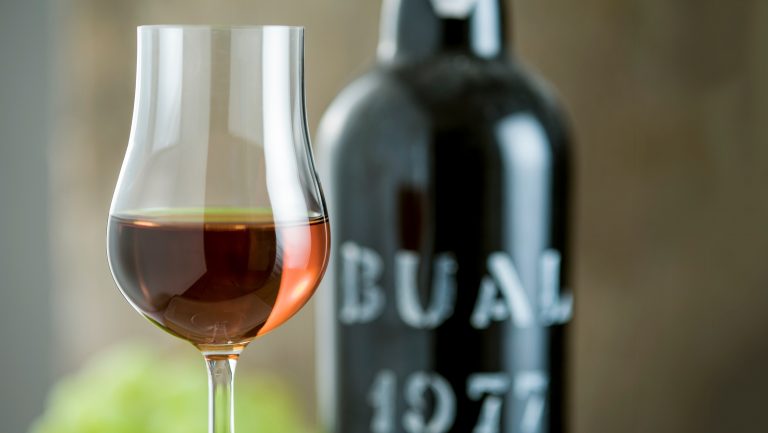
The Science of Wine Oxidation
Oxidized, oxidative, oxidated—when it comes to winemaking, what does it all mean?
Making wine with exposure to oxygen—known as oxidative winemaking—can have a multitude of effects, depending on the timing and degree of exposure to oxygen. More frequent pumpovers, punchdowns, and rackings lead to more oxygen exposure. Speaking very generally, the tannins in wines exposed to more oxygen through these methods (up to a certain point) will polymerize faster and lead to wines that display their fruit and are ready to drink earlier, though their potential for aging is not necessarily shortened. The extent of oxygen exposure a winemaker chooses to employ before bottling has far-reaching effects on a wine’s character over its lifetime.
Nicole Walsh, the owner and winemaker of Ser Winery and the associate winemaker at Bonny Doon, both in the Santa Cruz area of California, has worked with many tools and technologies aimed at tannin extraction and structuring, including micro-oxygenation, which she has used at Bonny Doon to soften tannins. “[Micro-oxygenation] can be really helpful with green, aggressive tannins in Tannat, or herbaceous Syrahs and Grenaches,” she says. “We occasionally use it during extended maceration or after pressing but before malolactic fermentation [MLF].”

It should be noted that Walsh isn’t referring to the controversial form of micro-oxygenation that prematurely softens wines for earlier drinking and can shorten a wine’s life. When done before MLF and sulfur dioxide addition, precisely administered amounts of oxygen to tannic wines, in theory, create intricately structured wines and also increase mouthfeel and texture. The amounts of oxygen administered must be greater than what a barrel provides but much less than the oxygen exposure from racking—this is precision winemaking. Wines treated with this type of micro-oxygenation usually take longer to be ready to drink. Because of their structure, these wines have a tremendous surface area of tannin and color polymers, which allow them to elegantly integrate herbaceous aromas, as well as Brettanomyces aromas, and which also extend the life of the wines.
Tannins are not only important for tactile sensations but for a wine’s longevity, and for how it expresses itself aromatically. For winemakers to craft a wine with a tannin structure that matches their stylistic goals, steps need be taken at every stage of grape growing and winemaking—from the grape variety to the vineyard site and right up to bottling. Whether they keep pumpovers to a minimum to create a lighter, less tannic wine, or employ aggressive punchdowns and hard pressing to get as many tannins into the wine as possible, winemakers have to wrangle an element of their craft for which there’s no single answer or innate form.

Dispatch
Sign up for our award-winning newsletter
Don’t miss the latest drinks industry news and insights—delivered to your inbox every week.
Alex Russan, based in Los Angeles, is a former winemaker, importer, and sherry bottler. He writes about viticulture, enology, tasting and the nature of wine

